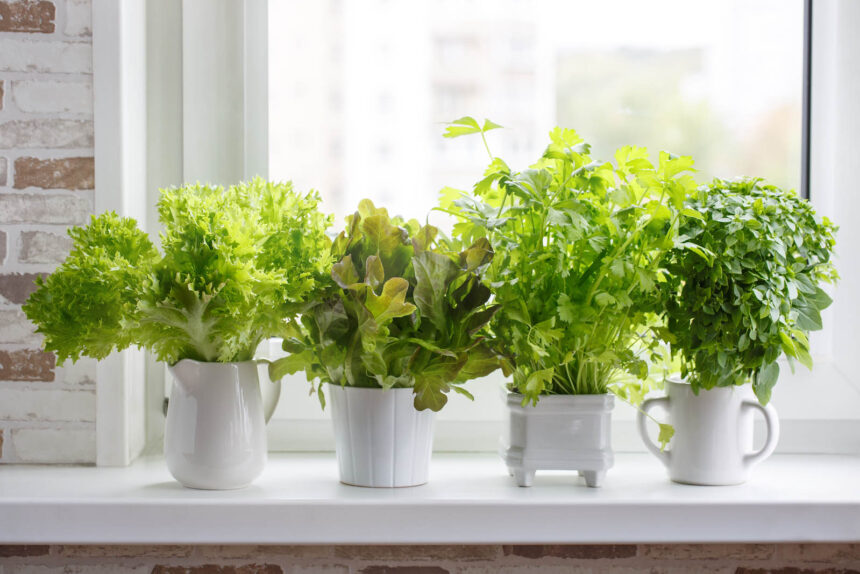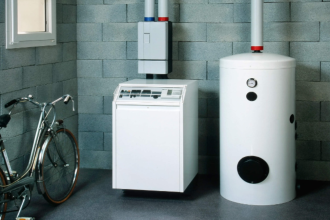Indoor vegetable gardening has become increasingly popular among urban dwellers, plant enthusiasts, and those looking to have fresh produce at their fingertips all year long. With advancements in grow light technology, achieving bountiful harvests indoors has never been easier or more efficient. This guide will walk you through the essentials of indoor vegetable gardening, emphasizing how advanced grow lights can help you enjoy fresh, homegrown vegetables regardless of the season.
Why Choose Indoor Vegetable Gardening?
Indoor vegetable gardening offers several benefits that make it an attractive option for many:
- Year-Round Harvests: With indoor gardening, you’re not limited by the seasons. You can grow fresh vegetables throughout the year, ensuring a continuous supply of nutritious produce.
- Space Efficiency: Indoor gardens can be set up in small spaces, making them ideal for urban apartments or homes with limited outdoor areas.
- Pest and Disease Control: Growing vegetables indoors reduces the risk of pests and diseases that commonly affect outdoor gardens.
- Environmental Control: Indoor gardening allows you to control the growing conditions, including temperature, humidity, and light, providing an optimal environment for your plants.
Essential Elements for Indoor Vegetable Gardening
To successfully grow vegetables indoors, you’ll need to focus on several key elements:
- Grow Lights: The most crucial component of indoor gardening is the grow light. Plants need light for photosynthesis, and in an indoor environment, natural sunlight is often insufficient. Advanced grow lights, such as LED grow lights and fluorescent lights, provide the necessary light spectrum for plant growth. These lights can be adjusted to mimic natural sunlight, ensuring your plants receive the light they need to thrive.
- Containers and Soil: Choose the right containers for your plants. Ensure they have proper drainage to prevent waterlogging. Use high-quality potting soil that provides the necessary nutrients and supports healthy root development.
- Watering System: Indoor plants require consistent watering. Consider using self-watering pots or a drip irrigation system to maintain optimal soil moisture levels.
- Temperature and Humidity: Most vegetables thrive in temperatures between 65-75°F (18-24°C). Use a thermometer to monitor the temperature and a humidifier or dehumidifier to maintain the ideal humidity level, usually around 50-70%.
- Air Circulation: Good air circulation helps prevent mold and mildew. Use fans to ensure adequate airflow around your plants.
Choosing the Right Vegetables for Indoor Gardening
Not all vegetables are suitable for indoor gardening. Here are some of the best options for growing indoors:
- Leafy Greens: Lettuce, spinach, kale, and arugula are excellent choices. They grow quickly and require less light compared to other vegetables.
- Herbs: Basil, parsley, cilantro, and mint are easy to grow and perfect for small spaces.
- Tomatoes: Choose dwarf or cherry tomato varieties that are well-suited for container gardening.
- Peppers: Both sweet and hot peppers can thrive indoors with the right conditions.
- Radishes: Radishes grow quickly and can be harvested in as little as 30 days.
- Carrots: Opt for smaller carrot varieties that grow well in containers.
Setting Up Your Indoor Vegetable Garden
Here’s a step-by-step guide to setting up your indoor vegetable garden:
- Select a Location: Choose a space in your home that can accommodate your plants and equipment. A spare room, a corner of your living room, or a basement can work well. Ensure the area has access to electrical outlets for your grow lights.
- Install Grow Lights: Set up your grow lights above the planting area. LED grow lights are energy-efficient and provide a full spectrum of light. Position the lights 6-12 inches above your plants and adjust as they grow. Regarding more lighting solutions for indoor gardening, visit Spider Farmer.
- Prepare Containers and Soil: Fill your containers with high-quality potting soil. Ensure they have drainage holes to prevent water accumulation.
- Plant Your Seeds or Seedlings: Follow the instructions on the seed packets for planting depth and spacing. If using seedlings, transplant them carefully into the containers.
- Water and Feed Your Plants: Water your plants regularly, keeping the soil consistently moist but not waterlogged. Use a balanced fertilizer to provide essential nutrients.
- Monitor and Adjust: Keep an eye on your plants’ growth. Adjust the height of your grow lights as needed, and ensure your plants are receiving adequate air circulation.
Maintaining Your Indoor Vegetable Garden
Consistent care and monitoring are key to a successful indoor vegetable garden:
- Regularly Check Light Levels: Ensure your plants receive 12-16 hours of light each day. Use a timer to automate the lighting schedule.
- Prune and Harvest: Regularly prune your plants to encourage healthy growth and maximize yields. Harvest vegetables as they mature to enjoy fresh produce and promote continuous growth.
- Monitor for Pests and Diseases: While indoor gardens are less prone to pests, it’s still important to inspect your plants regularly. Use organic pest control methods if needed.
Conclusion
Indoor vegetable gardening with advanced grow lights offers a practical and rewarding way to grow fresh, healthy produce all year round. By understanding the essential elements and following best practices, you can create a thriving indoor garden that provides a continuous supply of vegetables. Whether you’re a seasoned gardener or a beginner, the joy of harvesting your own food and the satisfaction of nurturing plants make indoor gardening a fulfilling endeavor.
Sourcing high-quality seeds is instrumental in the success of your garden. High-quality seeds are essential for a vigorous and productive garden. Find a local seed source or look online for companies like Survival Garden Seeds and try ordering a few varieties to see what suits your needs













